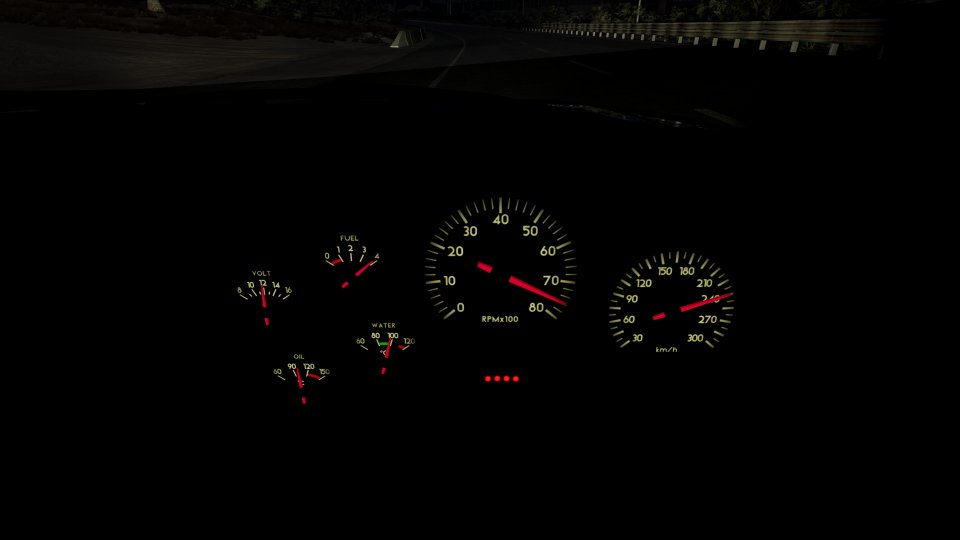
The Soliad Wendover isn’t exactly renowned for being the most interesting of cars, the base model having but 134 bhp and 222 Nm measured from the engine… in a car that weighs over 1.7 tonnes. This is where the SM comes in, a fun Soliad Wendover. Although that may sound oxymoronic, it’s true, equipped with a race-spec all-wheel-drive system and limited slip diffs it can easily be thrashed round corners.
It’s not exactly lazy on the straights either, as Wendovers go, with a tuned 3.8 L V6 from the S 3800 with an incredibly effective supercharger that practically doubles the power to 322 bhp and almost 500 Nm of torque.
Despite all these performance and motorsport bits, the SM is still completely usable in everyday life with comfortable seats and without a hard ride. The SMs were the last Wendovers to be made, an amazing send off for a car that didn’t really deserve it.








